Botox For Compartment Syndrome
Botox for compartment syndrome. Chronic exertional compartment syndrome CECS and functional popliteal artery entrapment syndrome fPAES. McGinley scans the legs of his chronic exertional compartment syndrome patients to determine where muscles are constricting blood flow through veins creating painful swelling during exercise. Botulinum toxin A BoNT-A is used in the treatment of muscle hypertrophy but has never been used in chronic exertional compartment syndrome CECS.
Botox injections for compartment syndrome and popliteal artery entrapment are not covered by insurance. Botulinum toxin injections for chronic compartment syndrome. A Wyoming-based doctor injected Botox into a patients legs in order to treat pain in the limb.
Botulinum toxin A was injected into the muscles of moderately trained patients with an anterior or anterolateral exertional compartment syndrome of the leg. Joe McGinley poses in front of the CT scanner at Casper Medical Imaging. Botulinum toxin injections for chronic compartment syndrome.
In the ensuing 62 years this has remained the standard therapy despite symptom recurrence in 45 of military service members who underwent surgery. The cost of botox injections for exertional compartment syndrome affecting the anterior and deep posterior compartments in bilateral legs is 2000 or 500 per compartment. The BoNT-A dose mean SD ranged from 76 7 to 108 10 U per muscle depending on which of the 5 muscles in the 2 compartments were injected.
After diagnosis of Chronic Exertional Compartment Syndrome CECS the participants will be referred to both physical therapy and Botox injection. Botulinum toxin will be injected in the upper and lower portion of the affected area with a syringe. Military population with an estimated average annual incidence of 049 per 1000 at-risk person-years from 2006 to 2011.
Invented the Botox procedure for exertional compartment syndrome using a syringe to inject the wrinkle-removing neurotoxin into nine yellow-capped needles jutting out. Chronic exertional compartment syndrome CECS is a likely under-reported cause of lower leg pain and disability in the US. In physical therapy the therapist will perform strength measurements of the lower leg ankle plantarflexion and dorsiflexion which will be repeated 2 months following the injection.
Chronic exertional compartment syndrome CECS presents a unique therapeutic challenge. Botulinum toxin has been introduced as.
Botulinum toxin injections for chronic compartment syndrome.
Botulinum toxin will be injected in the upper and lower portion of the affected area with a syringe. Fasciotomy currently the most well accepted treatment approach still has a significant number of treatment failures demonstrating the need for additional options. Botulinum toxin A was injected into the muscles of moderately trained patients with an anterior or anterolateral exertional compartment syndrome of the leg. McGinley scans the legs of his chronic exertional compartment syndrome patients to determine where muscles are constricting blood flow through veins creating painful swelling during exercise. McGinleys BOTOX treatment for athletes fighting Chronic Exertional Compartment Syndrome. 1 CECS was first described in 1945 yet it was not until 1956 that surgical fascial release was introduced as a treatment. The July 2020 issue of Women s Running Magazine highlighted Dr. Botulinum toxin A BoNT-A is used in the treatment of muscle hypertrophy but has never been used in chronic exertional compartment syndrome CECS. Compartment syndrome is a painful and potentially serious condition caused by bleeding or swelling within an enclosed bundle of muscles known as a muscle compartment.
Fasciotomy currently the most well accepted treatment approach still has a significant number of treatment failures demonstrating the need for additional options. Symptoms of acute compartment syndrome can include severe pain poor pulses decreased ability to move. After diagnosis of Chronic Exertional Compartment Syndrome CECS the participants will be referred to both physical therapy and Botox injection. Chronic exertional compartment syndrome CECS is a likely under-reported cause of lower leg pain and disability in the US. He then injects botox into the pressure areas to allow blood to flow freely. Invented the Botox procedure for exertional compartment syndrome using a syringe to inject the wrinkle-removing neurotoxin into nine yellow-capped needles jutting out. The pressure is painful and can be dangerous.
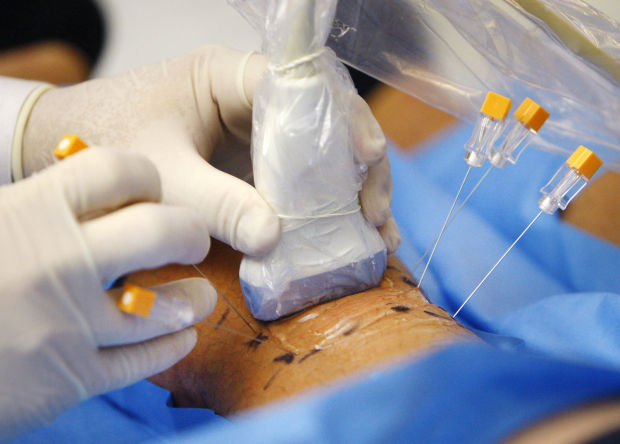




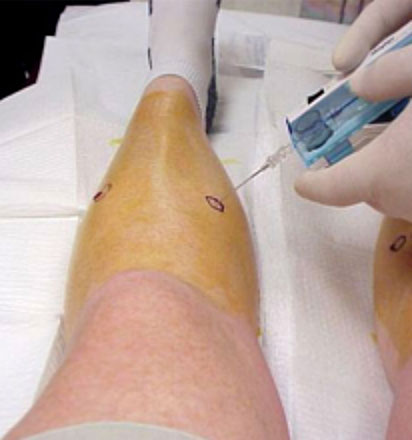





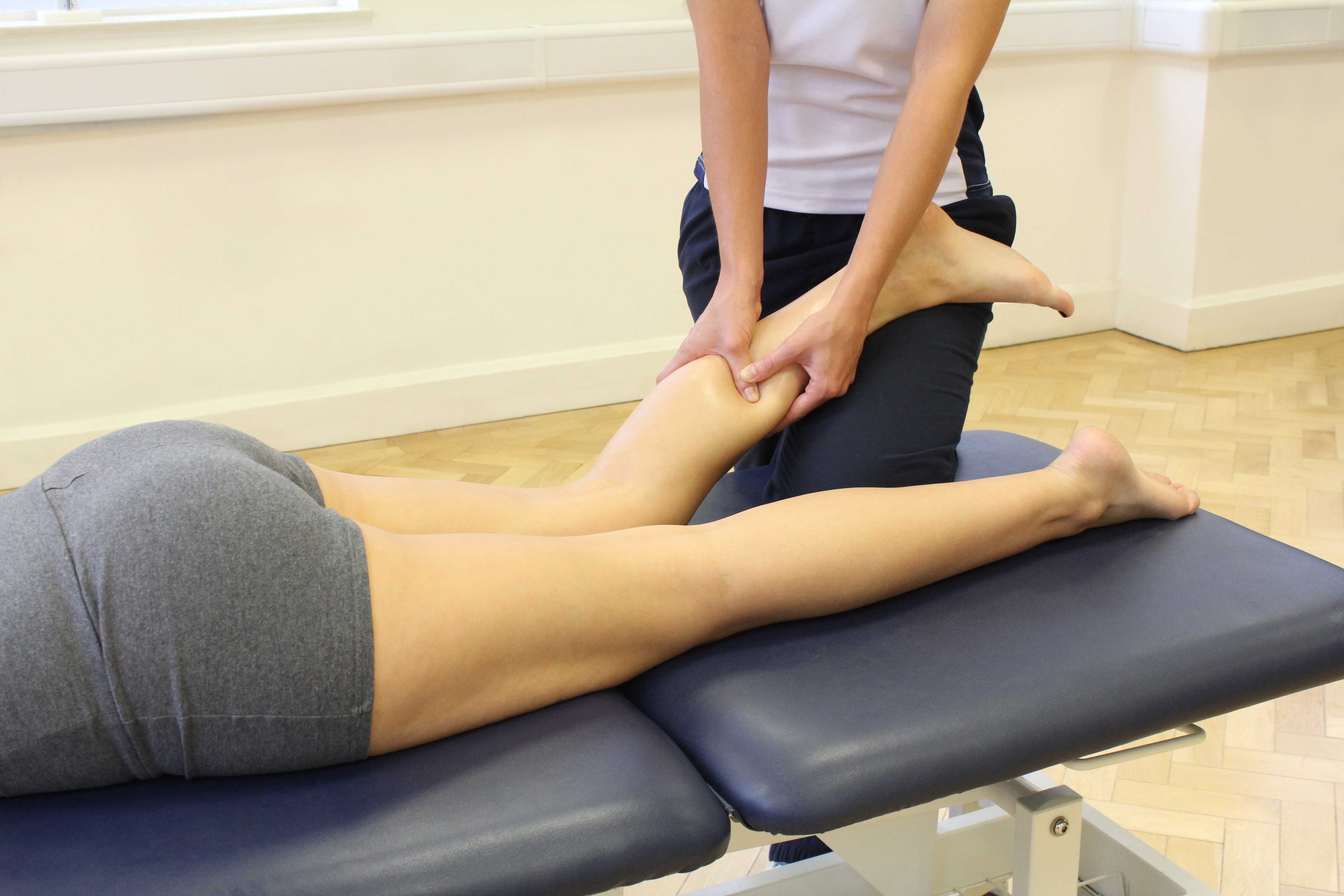


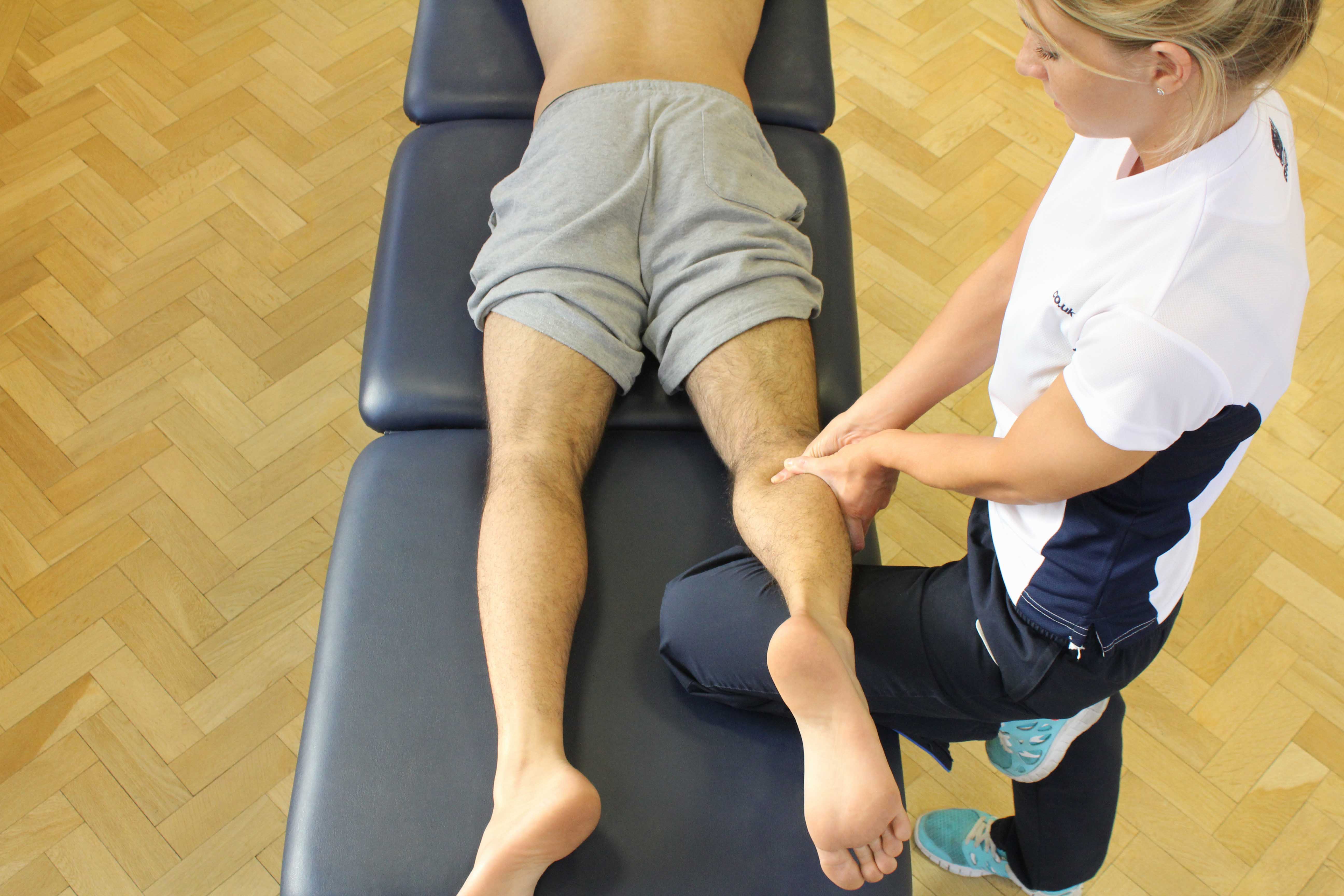

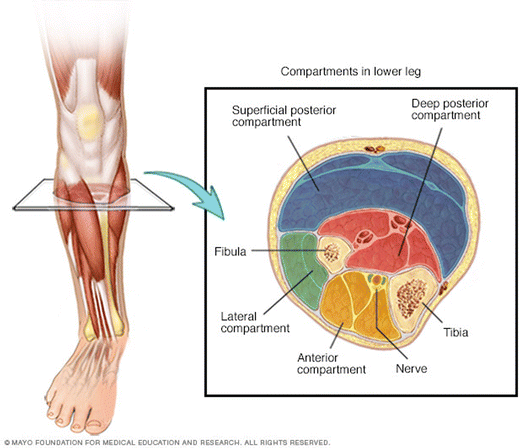

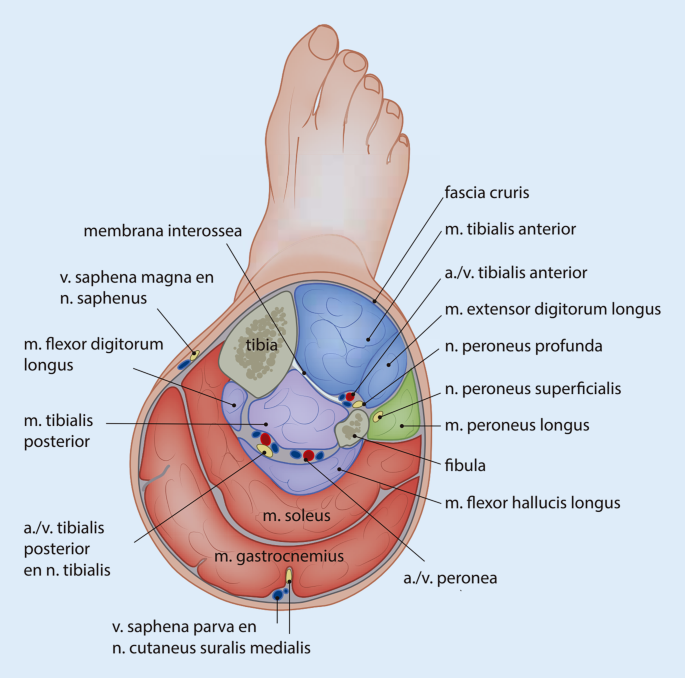










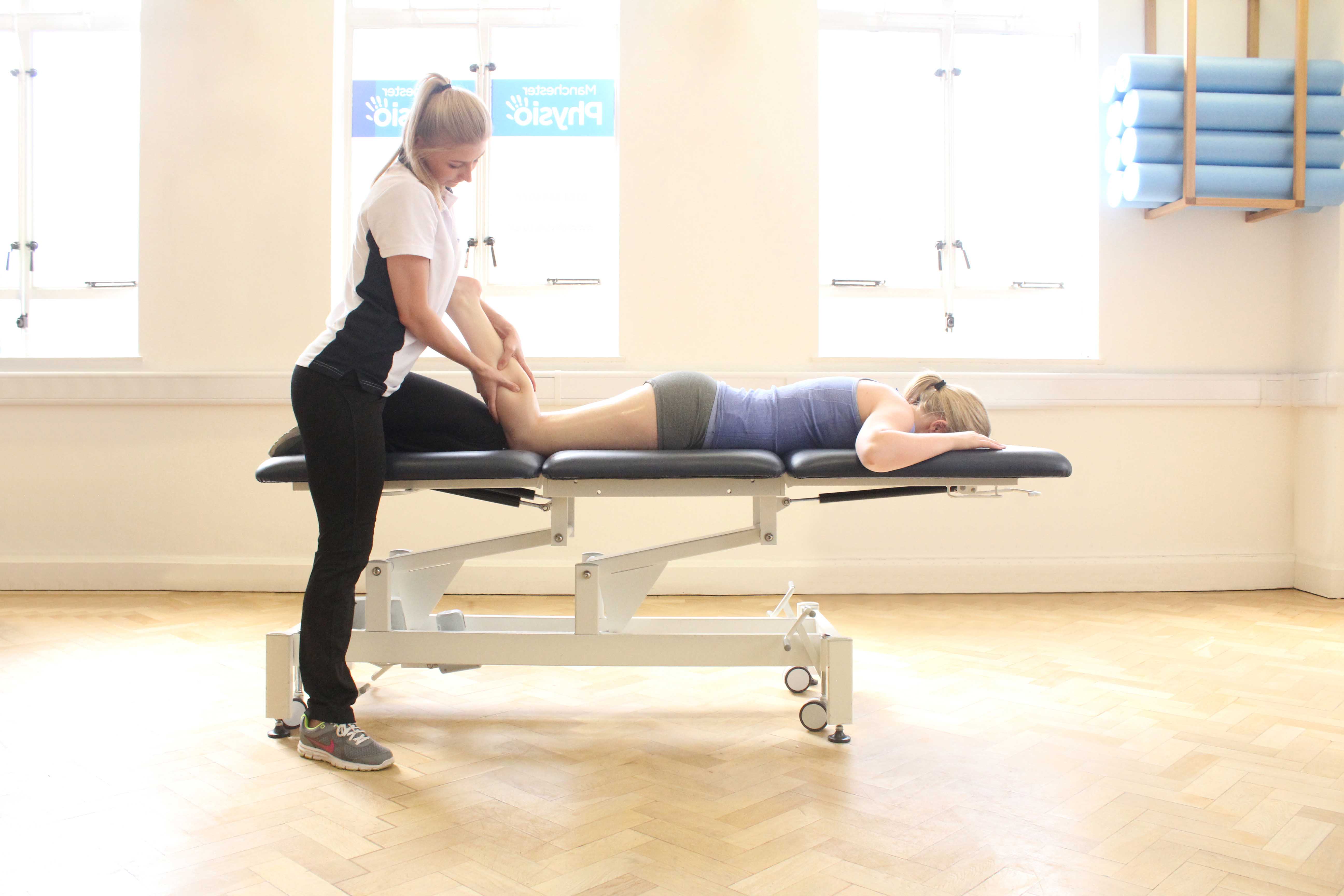

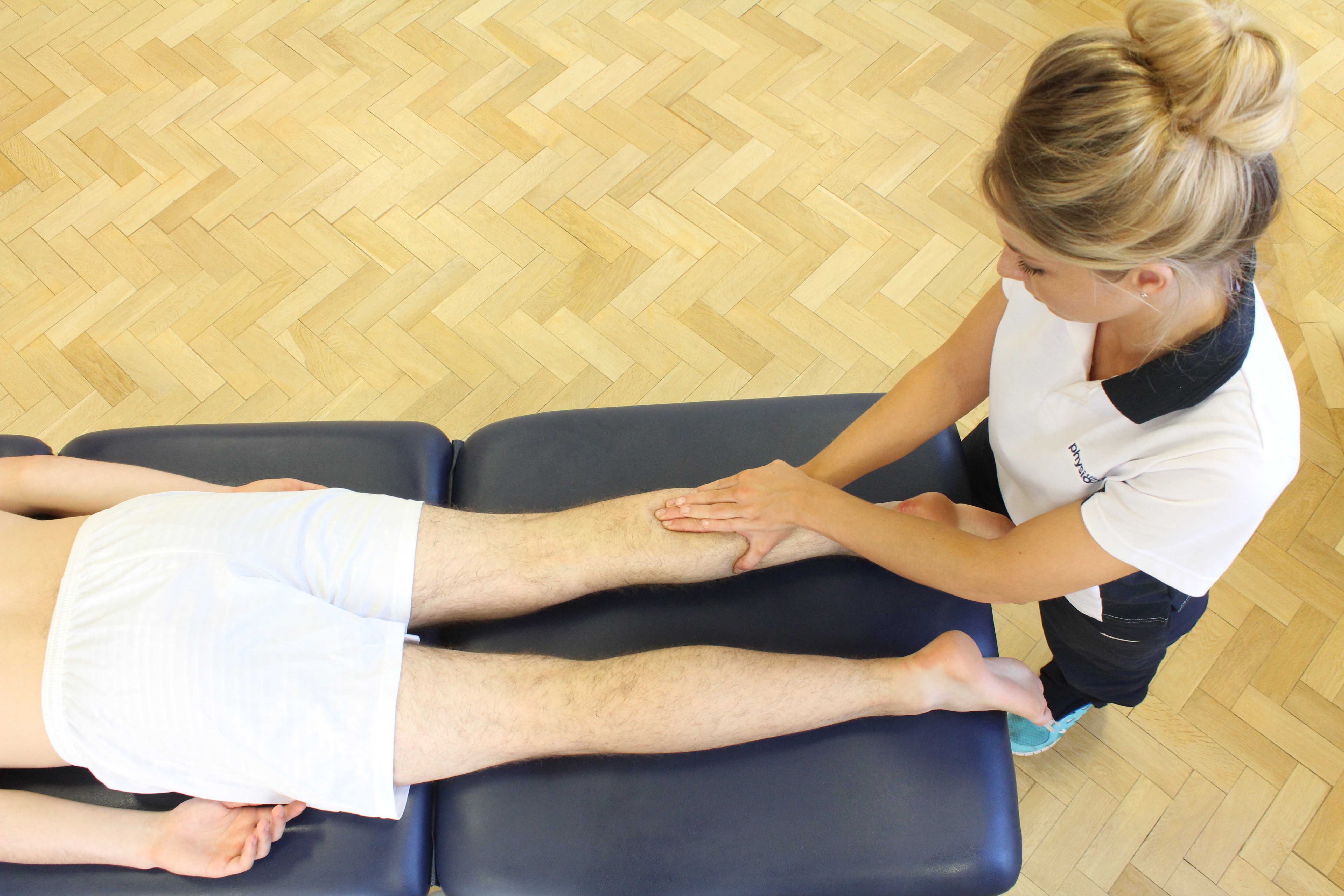


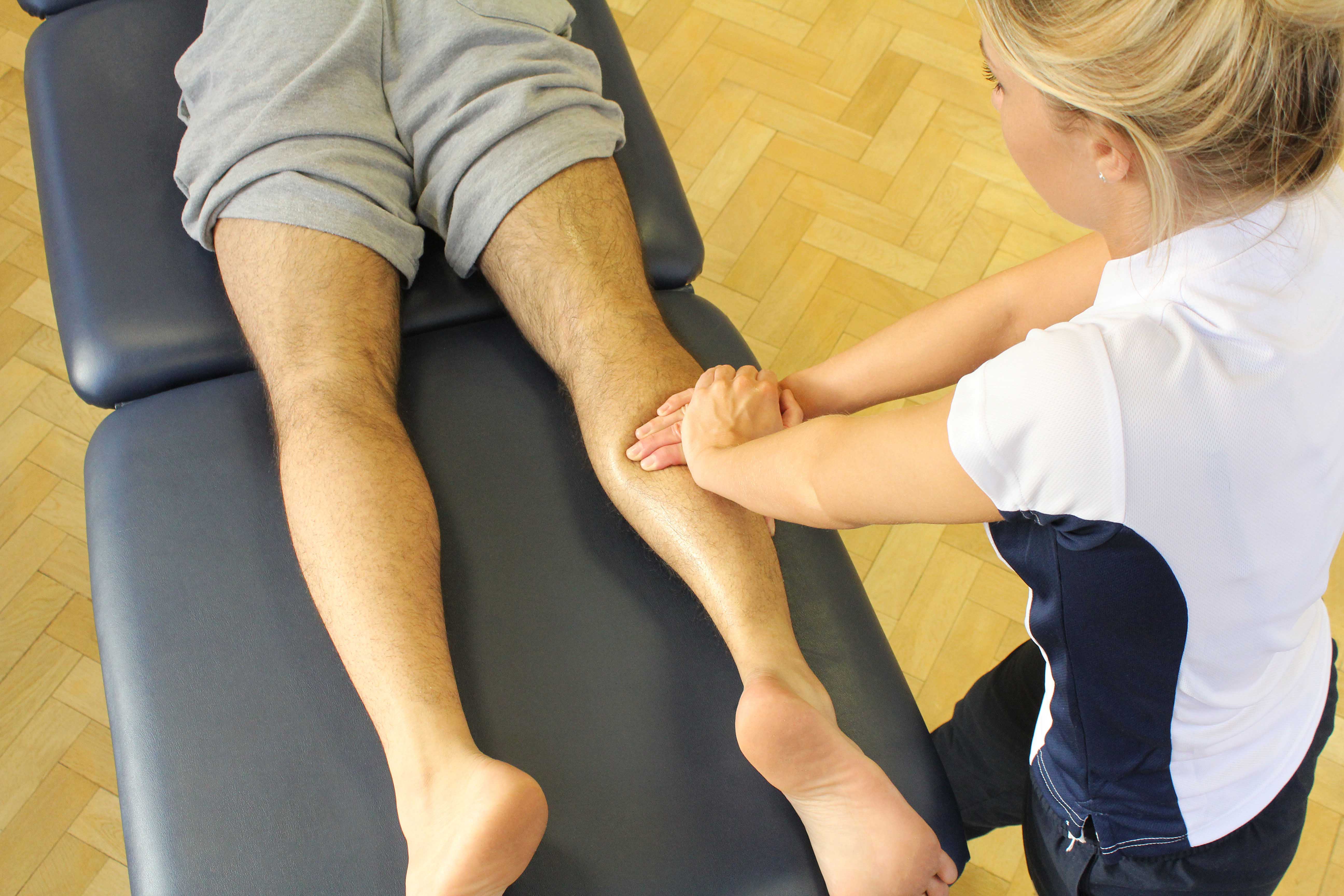


Post a Comment for "Botox For Compartment Syndrome"